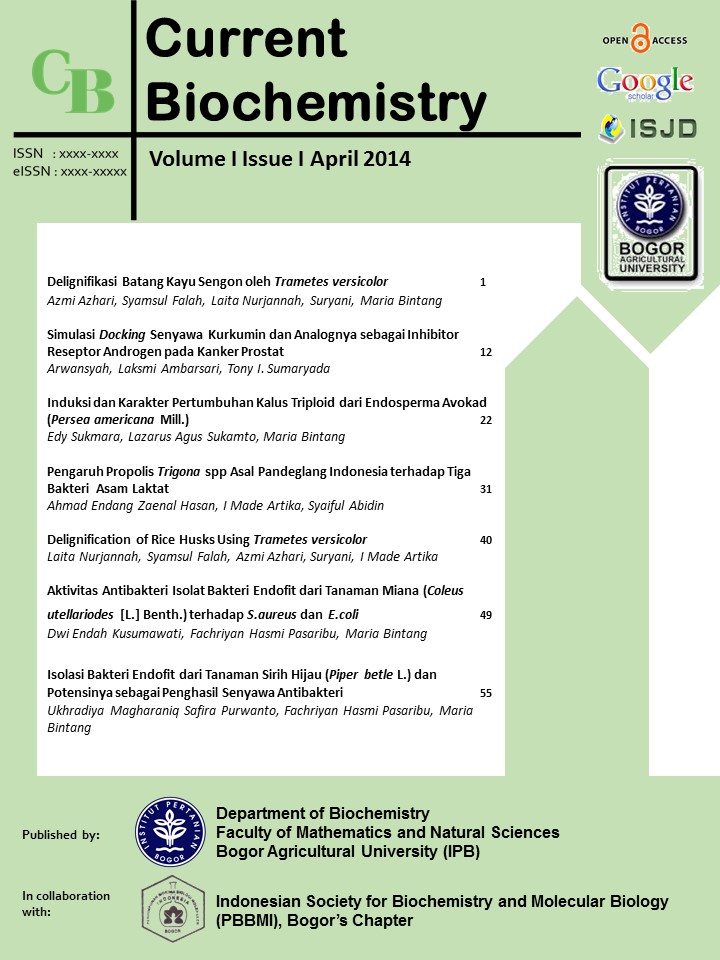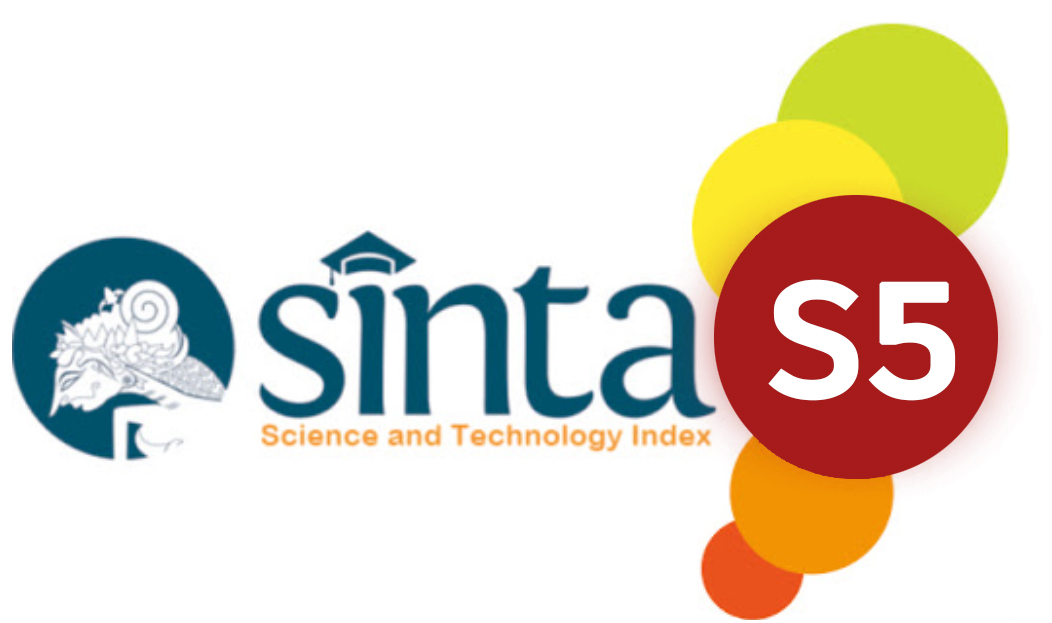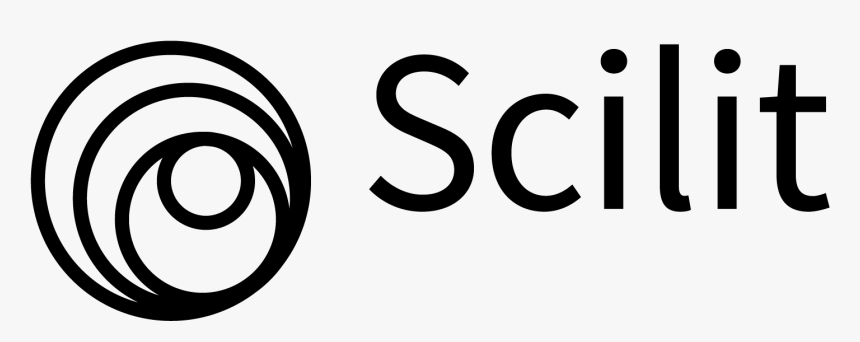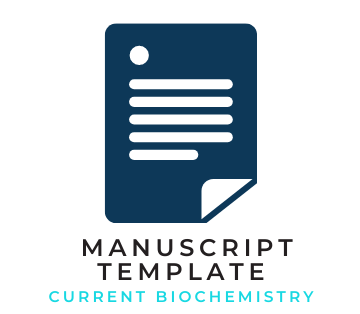Isolasi Bakteri Endofit dari Tanaman Sirih Hijau (<i>Piper betle</i> L.) dan Potensinya sebagai Penghasil Senyawa Antibakteri
Abstract
Endophytic bacteria are beneficial microorganisms that interact with host plants without causing disruption or damage to the host. Some studies suggest that certain endophytic bacteria can produce chemical compounds that have an effect on health, especially endophytic bacteria isolated from medicinal plants. Green betel (Piper betle L.) is a medicinal plant that has been used for years and has many benefits. The purposes of this study are to isolating and screening of endophytic bacteria from green betel against four pathogenic bacteria (Staphylococcus aureus, Escherichia coli, Bacillus cereus and Salmonella enteritidis). The number of endophytic bacteria that has been isolated are 14 isolates. Based on the screening results, three isolates of endophytic bacteria have potential activity (characterized by the formation of inhibition zone) against S. aureus. The inhibition zone may indicate that those isolates produce compounds that have antibacterial effects. Those isolates are AS1, BS1 and BS2. The biggest inhibition zone showed by BS1, so it can be concluded that BS1 is the most potential isolate as a novel source of antibacterial compound.
References
Al-Adhroey AH, Nor ZM, Al-Mekhlafi HM, Amran AA, Mahmud R. 2011. Antimalarial Activity of Methanolic Leaf Extract of Piper betle L. Molecules 16 : 107-118. DOI:10.3390/molecules16010107.
Ali, I. et al. 2010. In vitro antifungal activity of hydroxychavicol isolated from Piper betle L. Ann. Clin. Microbiol. Antimicrob. 9 (7).
Arunachalam C, Gayathri P. 2010. Studies on bioprospecting of endophytic bacteria from the medicina plant of Andrographis paniculata for their antimicrobial activity and antibiotic susceptibility pattern. Int J of Curr Pharm. Res. 2 (4) : 63-68.
Bacon CW, Hinton DM. 2006. Bacterial endophytes: the endophytic niche, its occupants, and its utility. Di dalam : Gnanamanickam SS, editor. Plant-Associated Bacteria. Netherland : Springer.
Beck HC, Hansen AM, Lauritsen FR. 2003. Novel pyrazine metabolites found in polymyxin biosynthesis by Paenibacillus polymyxa. FEMS Microbiol Lett 220: 67–73.
Bhore SJ, Sathisha G. 2010. Screening of endophytic colonizing bacteria for cytokinin-like compounds: crude cell-free broth of endophytic colonizing bacteria is unsuitable in cucumber cotyledon bioassay. World J. Agric. Sci. 6 (4): 345-352.
Bottone EJ. 2010. Bacillus cereus, a volatile human pathogen. Clin. Microbiol. Rev. 23(2):382-398.
Castillo U, et al. 2003. Kakadumycins, novel antibiotics from Streptomyces sp.NRRL 30566, an endophyte of Grevillea pteridifolia. FEMS Microbiol. Lett. 224: 180-190.
Chang, MC. et al. 2007. Hydroxychavicol, a novel betel leaf component, inhibits platelet aggregation by suppression of cyclooxygenase, thromboxane production and calcium mobilization. Br.J. Pharmacol. 152 : 73–82.
Desriani, Kusumawati DE, Rivai A, Hasanah N, Amrinola W, Triratna L, Sukma A. 2013. Potential endophytic bacteria for increasing paddy var rojolele productivity. Int. J. on Adv. Sci., Eng. and Information Tech. 3 (1) : 76-78.
Jalgaonwala RE, Mohite BV, Mahajan RT. 2010. Evaluation of endophytes for their antimicrobial activity from indigenous medicinal plants belonging to north maharashtra region india. Int. J. on Pharm and Biomed Res. 1 (5) : 136-141.
Kiyomizu K, Yagi T, Yoshida H, Minami R, Tanimura A, Karasuno T, Hiraoka A. 2008. Fuliminant septicemia of Bacillus cereus resistant to carbapenem in a patient with biphenotypic acute leukemia. J. Infect. Chemother. 14: 361–367.
Kumala S, Siswanto EB. 2007. Isolation and Screening of Endophytic Microbes from Morinda citrifolia and their Ability to Produce Anti-Microbial Substances. Microbiol. Indones. 1 (3) : 145-148.
Miller CM, Miller RV, Garton-Kenny D, Redgrave B, Sears J, Condron MM, Teplow DB, Strobel GA. 1998. Ecomycins, unique antimycotics from Pseudomonas viridiflava. J. of App. Microbiol. 84 : 937-944.
Min HJ, Nam JW, Yu ES, Hong JH, Seo EK, Hwang ES. 2009. Effect of naturally occurring hydroxychavicol acetate on the cytokine production in T helper cells. Int. Immunopharmacol. 9 : 448–454.
Murata K. et al. 2009. Hydroxychavicol: a potent xanthine oxidase inhibitor obtained from the leaves of betel. Piper betle. J. Nat.Med. 63 : 355–359.
Nadji G et al. 2005. Comparison of clinical and morphological characteristics of Staphylococcus aureus endocarditis with endocarditis caused by other pathogens. Heart 91 : 932-937.
Nalina T, Rahim ZHA. 2007. The crude aqueous extract of Piper betle L. and its antibacterial effect towards Streptococcus mutans. American J. of Biotechnol. and Biochem. 3 (1): 10-15.
Ruhe JJ, Monson T, Bradsher, RW, Menon A. 2005. Use of Long-Acting Tetracyclines for Methicillin-Resistant Staphylococcus aureus Infections: Case Series and Review of the Literature. Clin. Inf. Dis. 40:1429–1434.
Santhakumari P, Prakasam A, Pugalendi KV. 2006. Antihyperglycemic activity of Piper betle leaf on streptozotocin-induced diabetic rats. J. Med. Food 9: 108–112.
Savini V, Favaro M, Fontana C, Catavitello C, Balbinot A, Talia M, Febbo F, D’Antonio D. 2009. Bacillus cereus heteroresistant to carbapenems in a cancer patient. J. Hosp. Infect. 71:288–290.
Sharma S. et al. 2009. Evaluation of the antimicrobial, antioxidant, and anti-inflammatory activities of hydroxychavicol for its potential use as an oral care agent. Antimicrob. Agents Chemother. 53 : 216–222.
Simanjuntak P, Bustanussalam, Otovina DM, Rahayuningsih M, Said EG. 2004. Isolasi dan identifikasi artemisinin dari hasil kultivasi mikroba endofit dari tanaman Artemisia annua. [studi mikroba endofitik tanaman Artemisia spp.]. Majalah Farmasi Indonesia 15 (2) : 68-74.
Simarmata R, Lekatompessy S, Sukiman H. 2007. Isolasi mikroba endofitik dati tanaman obat sambung nyawa (Gymura procumbens) dan analisis potensinya sebagai antimikroba. Berk Penel Hayati 13 : 85-90.
Tripathi S. 2008. Chemical investigation of betel vine (Piper betle L.) as antioxidant agent [Ph D thesis]. Lucknow University, Lucknow.
Yadav SK, Adhikary B, Maity B, Bandyopadhyay SK, Chattopadhyay S. 2009. The gastric ulcerhealing action of allylpyrocatechol is mediated by modulation of arginase metabolism and shift of cytokine balance. Eur. J. Pharmacol. 614: 106–113.
Zeng HW, Jiang YY, Cai DG, Bian J, Long K, Chen ZL. 1997. Piperbetol, methylpiperbetol, piperol A and piperol B: a new series of highly specific PAF receptor antagonists from Piper betle. Planta Med. 63 : 296–298.
Zinniel DK et al. 2002. Isolation and characterization of endophytic colonizing bacteria from agronomic crops and prairie plant. Appl. Environ. Microbiol. 68 (5) : 2198–2208.













